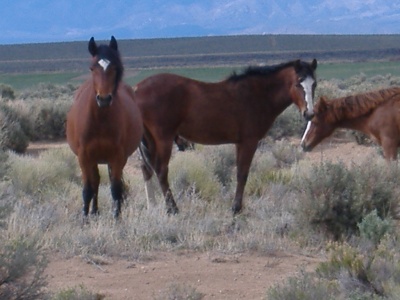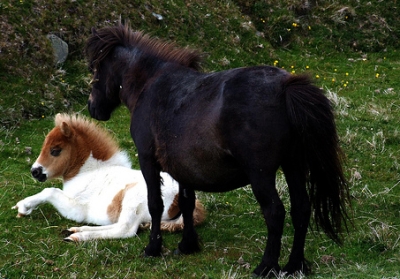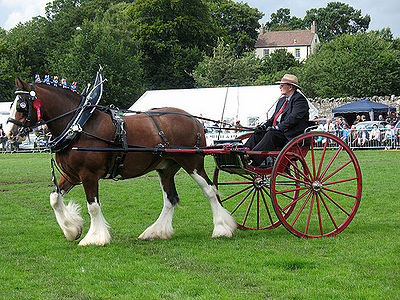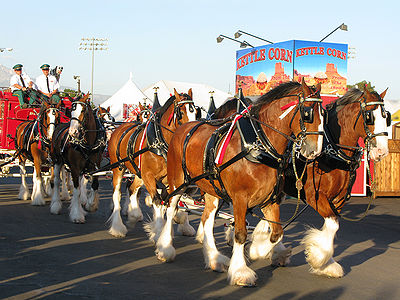
The Mustang is a descendant of horses brought to America by the Spanish. Small and compact, they are hardy horses.
They are not considered wild, but are feral horses since their forbears were domesticated horses.
They are called Mustang, a word derived from the Spanish, mestango or mesteno, meaning “stray livestock animal.” The Mustangs ancestry includes Andulusian and Arabian horses from the Iberian Peninsula. Today, many Mustangs show mixtures of domestic breeds.
Mustangs free range over a wide area of the West including Nevada, Montana, Wyoming and Oregon. A few hundred can be found in Alberta and British Columbia. Most are found in Nevada where an image of the Mustang is on the quarter.
While protected and managed under American law by the Bureau of Land Management, there is much controversy over their existence. Opponents of Mustangs, mainly cattle and sheep ranchers, argue that they use land intended for their livestock. However researchers have shown that Mustangs live in arid areas which cannot support cattle due to lack of enough water.
In order to control populations, the Bureau of Land Management captures a number of Mustangs and offers them up for adoption. But because of the growing Mustang population and the lack of enough adopters, euthanasia is being considered. And although against the law, many Mustangs wind up in pet food.
Although protected by the congressional Wild Free-Roaming Horse and Burro Act of 1971, the future of these symbols of the pioneer spirit of the West may be in jeopardy.
Related Articles:



